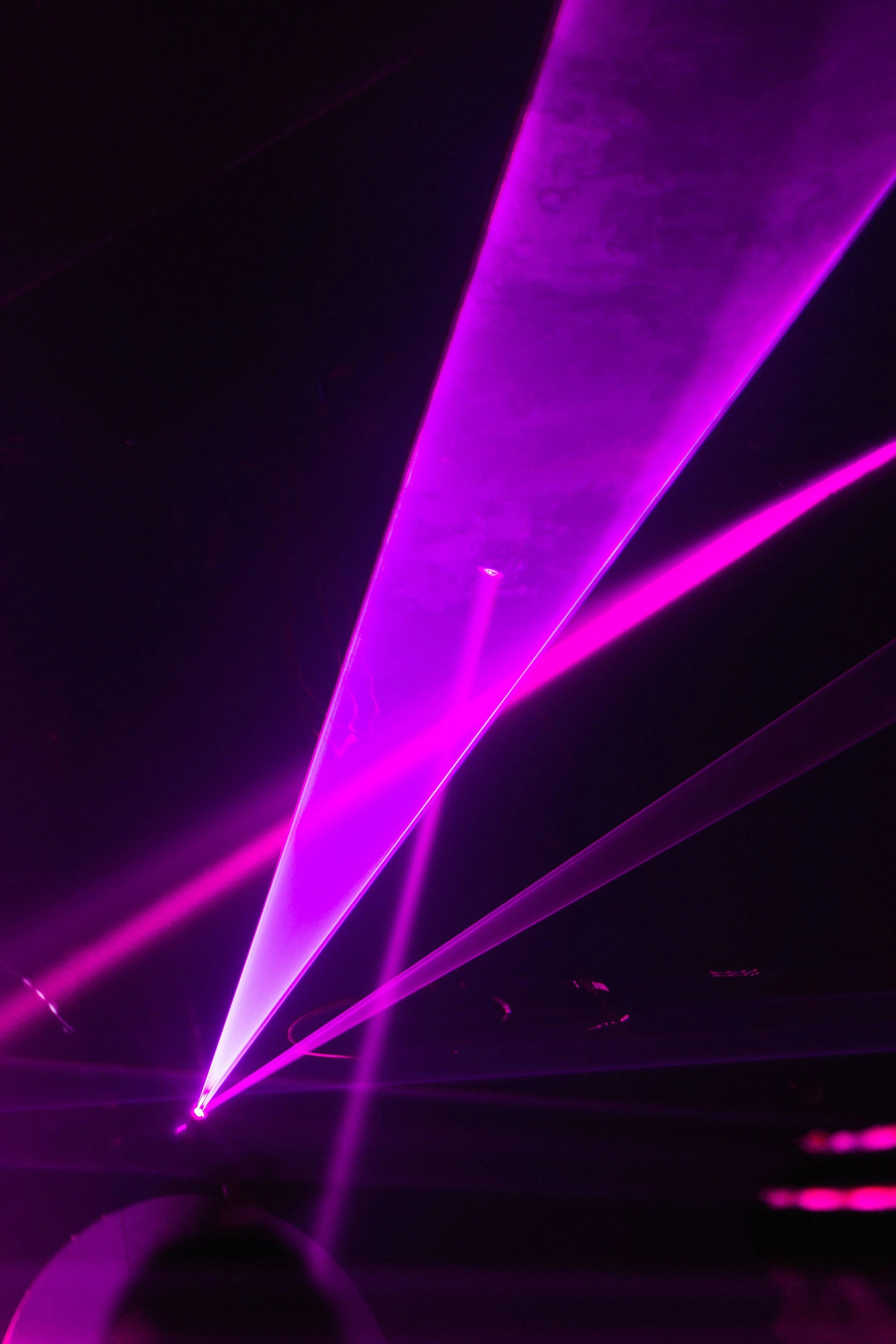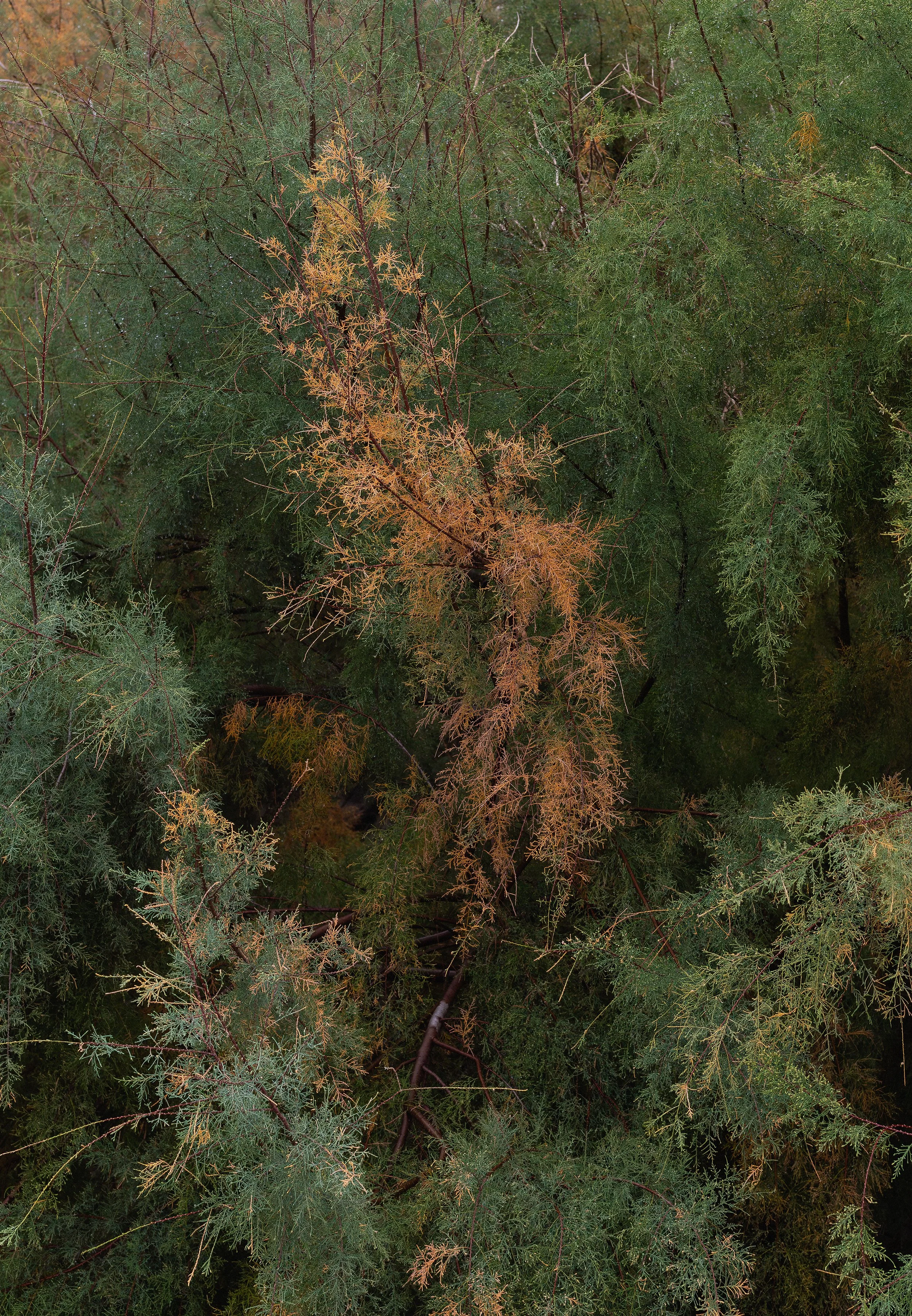Silver Tongue / Eyal Agivayev
Curator: Shir Wiesel
“Come hither, charming tongue, you who are the force ruling the sacrifice and its flag.”
I reside in immortality, and immortality in Brahman: Taittiriya-Brahmana, verse 2
Images: Stills from Eyal Agivayev’s “Silver Tounge”.
The environment in the exhibition Silver Tongue is a metaphysical system in which each image constitutes a section of a sensory organ in a bubbling human consciousness. This creates a dense scene of cell accumulation, with a variety of physical and perishable components that seem as if they were "trapped" in the physical body. The world of phenomena, which Agivayev examines in his works, points to the structure of human consciousness and imagination. He reflects on the components of the “self” that distinguish human beings from other living beings: the need to understand our own motivations and those of others, and the importance of experiential memory that awakens in us a high awareness of internal states and external stimuli. It is thanks to these components that we define the things present in our reality, including our relationship with nature. The thinker James Hillman argues that imagination creates nature over and over again. In other words, there is no such thing as "nature" but only an idea which humans have developed about nature and the thought which they have established regarding it. Hillman goes on to say that humans treat nature as if it was just a pure physical environment composed of the elements: earth, water, fire, and air.1
1 James Hillman, “Beauty Without Nature”. From: A Wild Treasure - Collected Essays on Wilderness.
Instalation view of Eyal Agivayev’s “Silver Tounge”.
The tension between thinking about the world "out there" and a man-made world echoes Hindu cosmology's definition of the body as one bound to and compatible with natural space:
״The back is the sky, the body's interior is the space between the sky and the earth, and the lower belly is the earth. The sides of the body are the directions, the bones are the stars. The flesh is the clouds. The intestines (2) are the rivers. The hairs are the trees and herbs״
The works created for this exhibition began with examining the components of the human gaze in photography. The frantic preoccupation with the relationship between multi-layered memory and the identity of the "self" in photography led Agivayev to document the places that are most familiar to him, again and again, despite the everyday elements that characterize them - so that the familiar and the common become signs of a living and generative organism.
Agivayev's actions combine the practice of photographic material production and sculptural interventions for functional and real purposes or as something incidental and transient. He casts natural shapes from plastic materials, gathers images from around the web, and/or documents by himself, seemingly "natural" environments - deep seas, rocks, mountains, and rivers. The way in which the artist seeks to merge with the created environment - echoes humanity's growing preoccupation with ecocentric concepts. These concepts, present in Hinduism and in the philosophy of "deep ecology", touch on the characteristics of the “self.”
2 The Upanisads and Brāhmanas: An Anthology. Edited and translated by: Tzakhi Freedman, 2014, p. 75 Examined through the boundary between the human and the non-human, and establishes an entity that sees itself as an integral part of the web of life, indiscriminate and unseparated from other planetary beings.
Silver tongue is a means of conveying messages in times when death, suffering and loss emerge from all sides. At a time when humanity can be thought of as approaching the point of no return, Agivayev seeks to look beyond familiar reality in order to allow it to expand enough as to dissolve boundaries. The works in the exhibition carry us in a one-way direction - inward to the boundless body and to the infinite gaze.





